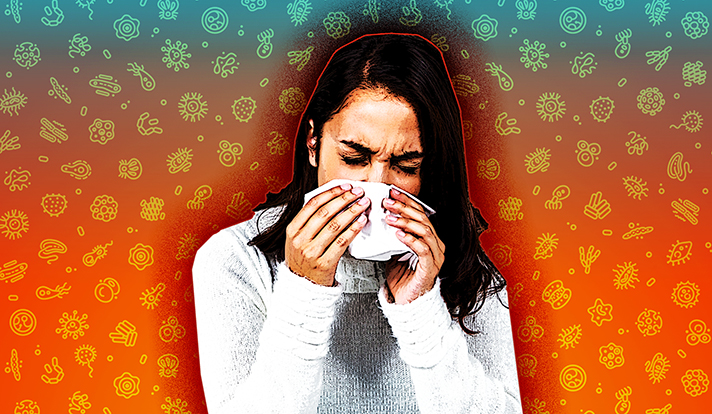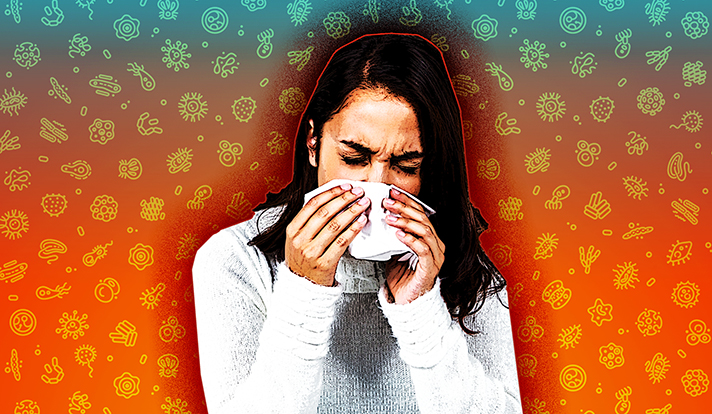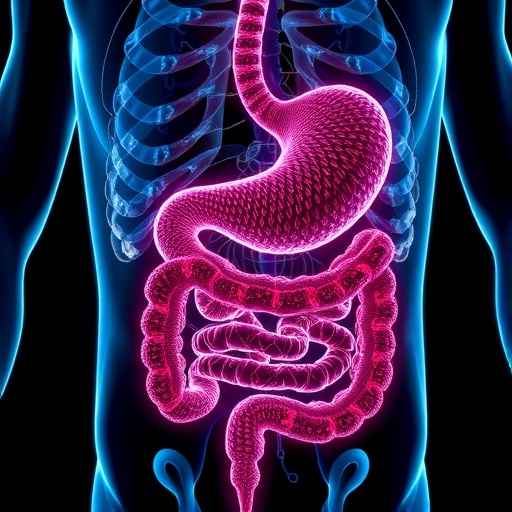
WavebreakmediaMicro – stock.adobe.com via Yale University
New Haven, Conn. — A new Yale study reveals how body temperature affects the immune system’s response to the common cold virus. The research, published by the Proceedings of the National Academy of Sciences, may provide additional strategies for developing therapies for colds.
In an earlier study, a team of Yale researchers led by Professor of Immunobiology Akiko Iwasaki found that the cold virus replicated more readily when the temperature in the nose dipped below core body temperature (37 degrees C). The researchers determined that at a slightly cooler temperature (33 degrees C), key immune system proteins – interferons – were impaired, allowing the cold virus to reproduce and spread in mouse airway cells.
For the current study, the research team focused on human airway cells, which make little interferons in response to the cold virus, said Iwasaki, who is also an investigator at the Howard Hughes Medical Institute. While examining infected cells incubated at 37 or 33 degrees C, they observed that even in the absence of interferon, cells still controlled the virus, raising the possibility of additional cold-fighting mechanisms.
Further investigation, including mathematical modeling, revealed two additional mechanisms: At core body temperature, infected cells die more rapidly, preventing viral replication. Second, an enzyme that attacks and degrades viral genes, RNAseL, is enhanced at the higher temperature. Each pathway independently contributes to the immune system’s defense against the cold virus.
“In this study, we found that there are two additional mechanisms at play,” in addition to interferon, Iwasaki said. “All are more optimal at 37 degrees.”
The findings underscore the impact of temperature on the immune system’s defenses. They also offer further approaches for therapeutically tackling the cold virus, which is a key trigger of asthma. “There are three ways to target this virus now,” said Iwasaki.
###
Other Yale authors are Ellen F. Foxman, James A. Storer, Kiran Vanaja, and Andre Levchenko.
The study was supported by the Howard Hughes Medical Institute, the National Institutes of Health, and the American Asthma Foundation.
Citation: Proceedings of the National Academy of Sciences. doi:10.1073/pnas.1601942113
Media Contact
Ziba Kashef
[email protected]
203-436-9317
@yale
http://www.yale.edu
The post Warmer body temp puts the heat on the common cold appeared first on Scienmag.





